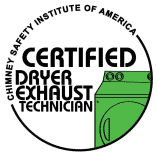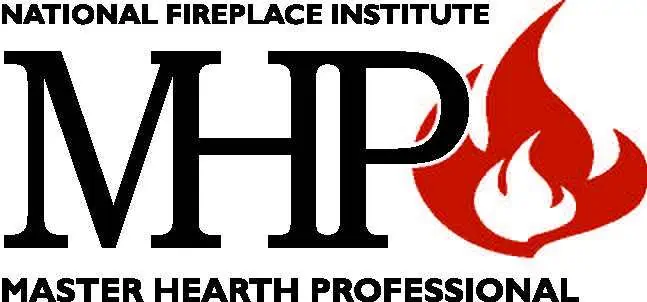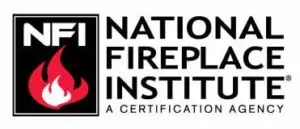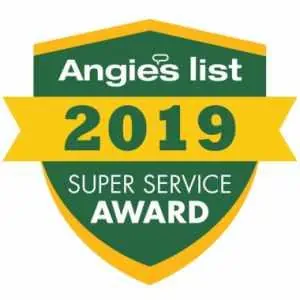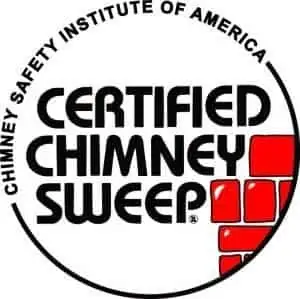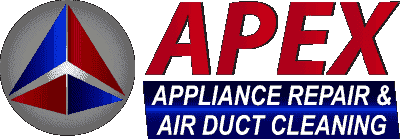Mon thru Fri: 9AM-5PM | Sat 9AM-1PM | Sun CLOSED
Air Duct Cleaning in Freehold borough, NJ
Professional air duct cleaning by Apex Air Duct Cleaning & Chimney Services enhances your home’s environment by improving indoor air quality, increasing HVAC efficiency, and extending the system’s lifespan. Our detailed process, including a comprehensive inspection and thorough cleaning with advanced equipment, ensures optimal performance and minimal disruption.
4.3
★★★★★ 5/5
(71 Reviews)
what your new jersey neighbors are saying

★★★★★
Read More
Had apex appliance come to my home to service my dryer vent and chimney. There customer service was great and i couldn’t be more satisfied, I will definitely be using them in the future!

★★★★★
Services: Dryer vent cleaning, Chimney inspectionsPositive: Professionalism, Responsiveness
Read More
I had a great experience. Ivan was personable and got the job done quickly and efficiently. I would recommend their services!

★★★★★
Services: Chimney repair & restoration, Chimney inspectionsPositive: Professionalism, Punctuality, Quality, Responsiveness, Value
Read More
Great service- super clear and detailed on the project from the estimate through completion of the work and very professional

★★★★★
Read More
Jeff was very patient answering all my questions and educated me with my dryer vent. They were very thorough with their work and really took time to make sure everything was done very well. I asked to put their sticker with contact info on my furnace because I will definitely call them again on my next air duct and dryer vent cleaning. Keep it up Apex Air Duct Cleanings!

★★★★★
Service: HVAC duct & vent cleaningPositive: Professionalism, Punctuality, Quality, Value
Read More
I have had my ducts and vents cleaned in the past but I was totally taken back by how wonderful the technicians from Apex did the job. They arrived at my home on time, were extremely professional and did a fantastic job! I HIGHLY recommend this company!!! Don't hesitate to call and make an appointment today!

★★★★★
Service: Chimney inspectionsPositive: Professionalism, Responsiveness
Read More
Ivan, one of the techs, helped me out greatly when I needed direction with my fireplace. He was very knowledgeable and gave me some insight I was completely obvious to. I have already had one inspection by this company and I will be back for another plus cleaning.

★★★★★
Service: Dryer vent cleaningPositive: Professionalism
Read More
On time great office staff fantastic work highly recommend apex

★★★★★
Services: Dryer vent cleaning, Fire prevention, Chimney cleaning, Chimney repair & restorationPositive: Professionalism, Punctuality, Quality, Responsiveness, Value
Read More
Great service! Great experience overall! I highly recommend this company! Very impressed with the work and how professional the technician was. Definitely will be using Apex again!
Previous
Next
View our work
Browse Air Duct Cleaning Services
contact us
Choosing the Right Service Provider for Air Duct Cleaning in Freehold borough, NJ
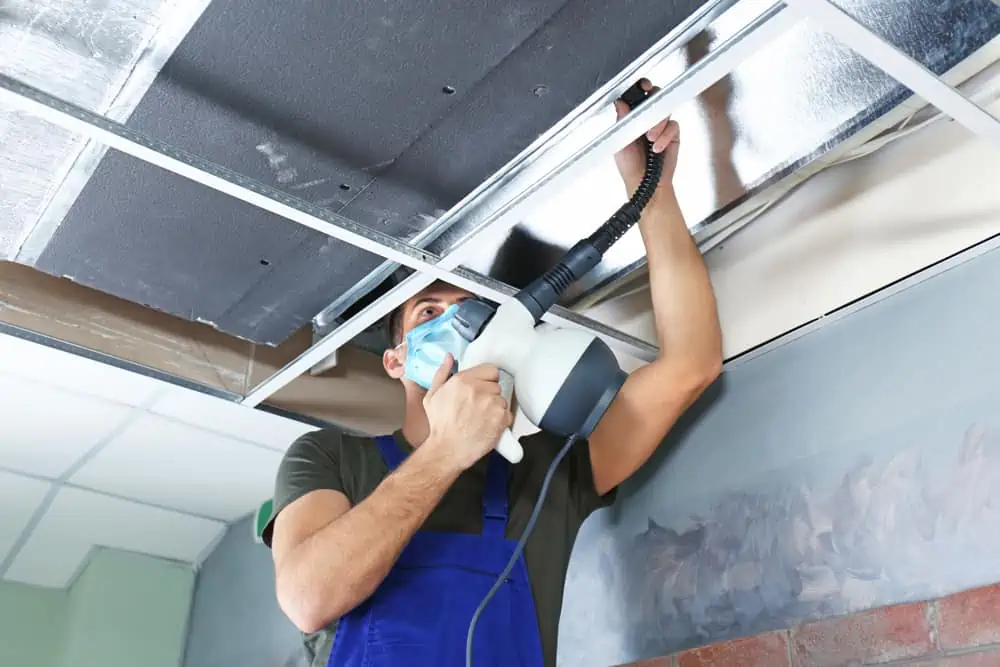
Why Air Duct Cleaning is Essential
Air duct cleaning is essential for maintaining a healthy indoor environment. Over time, dust, allergens, and pollutants can build up in your HVAC system, negatively impacting air quality. In Freehold borough, NJ, our professional services at Apex Air Duct Cleaning & Chimney Services are dedicated to ensuring that your air ducts are thoroughly cleaned.
This not only enhances your system’s efficiency but also extends its longevity. Regular cleaning helps prevent the circulation of contaminants, improving the overall air you breathe and promoting a healthier living space. Trust our expert team to maintain your HVAC system and safeguard your home’s air quality.
Experienced Technicians:
Our team is trained and certified, bringing years of experience to every job in Monmouth County.
Satisfaction Guaranteed:
We prioritize customer satisfaction, offering reliable and thorough services in Freehold borough, NJ.
Advanced Equipment:
We use state-of-the-art technology to ensure your air ducts are cleaned to the highest standards.
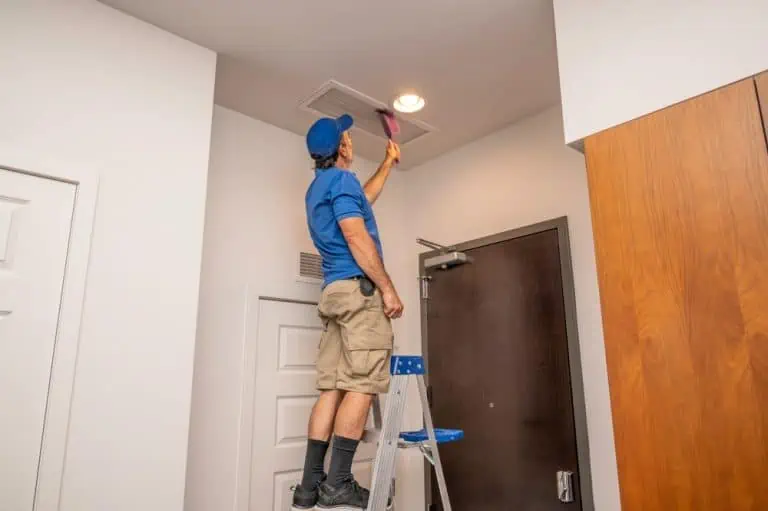
Benefits of Professional Air Duct Cleaning
Choosing professional air duct cleaning services provides many benefits that enhance your home’s environment. Firstly, it significantly improves indoor air quality. Over time, dust, pollen, pet dander, and other contaminants build up in your HVAC system. These particles circulate through your home every time the system operates, potentially causing allergies and respiratory issues. Our team at Apex Air Duct Cleaning & Chimney Services ensures these contaminants are effectively removed, leaving you with cleaner, healthier air to breathe.
Secondly, clean air ducts can greatly improve the efficiency of your HVAC system. When dust and debris clog the ducts, the system has to work harder to maintain the desired temperature, which increases energy consumption and utility bills. By keeping your air ducts clean, you help your system run more smoothly and efficiently, which can lead to lower energy costs. Our advanced cleaning techniques in Freehold borough, NJ are designed to enhance the performance of your HVAC system.
Finally, regular professional air duct cleaning can extend the lifespan of your HVAC system. When your system operates under less strain, its components experience less wear and tear. This preventative maintenance reduces the likelihood of breakdowns and costly repairs. Trust Apex Air Duct Cleaning & Chimney Services in Monmouth County to provide thorough and reliable air duct cleaning services that help protect your investment in your home’s HVAC system. To learn more about these benefits you can contact us at 732-314-7171.
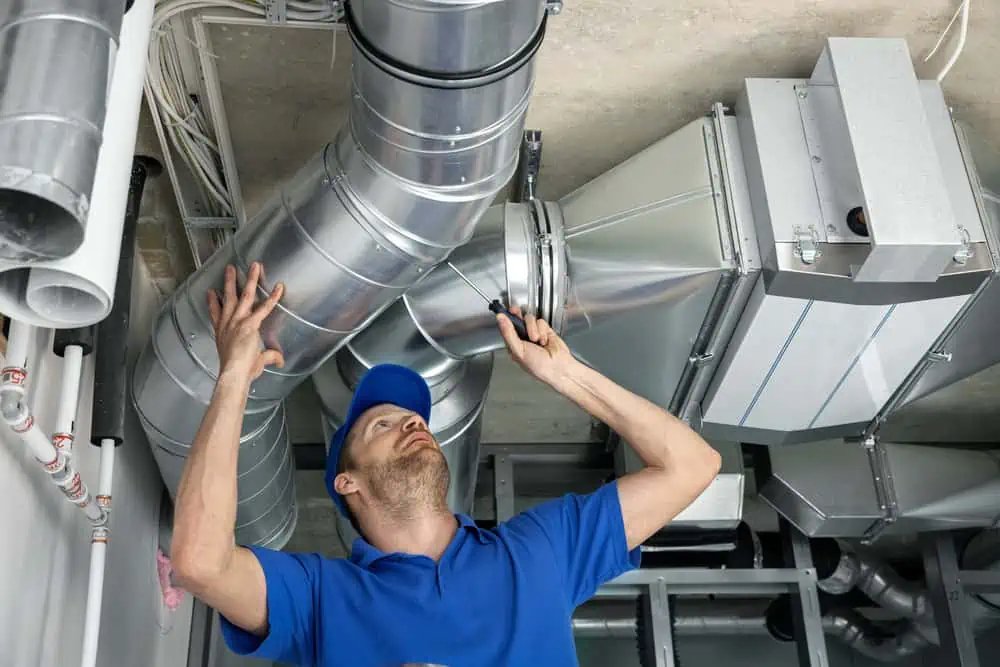
Our Air Duct Cleaning Process
At Apex Air Duct Cleaning & Chimney Services, we take pride in our detailed air duct cleaning process, designed to deliver the best results for our clients in Freehold borough, NJ. Our process begins with a comprehensive inspection of your HVAC system. This initial step allows our experienced technicians to identify any specific areas that require more attention and to plan the most effective cleaning strategy tailored to your system’s needs.
Once the inspection is complete, we use high-powered vacuums and specialized brushes to dislodge and remove debris from your air ducts. Our equipment is capable of capturing even the smallest particles, ensuring a thorough cleaning. We take special care to protect your home during the cleaning process, using protective coverings and taking steps to minimize any disruption. Our goal is to leave your air ducts spotless without causing any inconvenience to you.
After the cleaning, we conduct a final inspection to ensure all contaminants have been removed and that your system is functioning optimally. We also provide you with a detailed report of our findings and the work performed. Our meticulous approach and commitment to excellence make Apex Air Duct Cleaning & Chimney Services the trusted choice for air duct cleaning services in Freehold borough, NJ and Monmouth County. We are dedicated to ensuring your complete satisfaction and a healthier home environment.
Have a question?
Local Resources
Useful links for Freehold borough, NJ
- Open a Freehold borough, NJ map
- Find the Freehold borough, NJ United States Post Office
- Locate nearby Freehold borough, NJ pharmacies
- View the current Freehold borough, NJ weather report
- Browse a list of Freehold borough, NJ public and private schools
- Freehold borough, NJ is located in Monmouth county in New Jersey State
Useful Links
Here are some chimney-related links:

